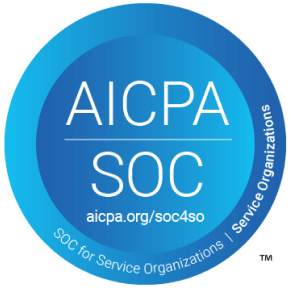The TL;DR
Feeling buried under LinkedIn fluff and competitive banter?
Andy McCotter-Bicknell (Apollo), Clara Smyth (Klue), and Alex Eaton (UserEvidence)— respected names in the world of competitive intelligence—share their wealth of experience on gathering actionable insights, understanding your competitors’ strategies, and effectively positioning your product in a crowded market.
What’s working in B2B marketing:
INVESTING IN COMPETITIVE INTELLIGENCE
Knowing your competitors isn’t optional—it’s critical. Whether it’s crafting that killer pitch or understanding your customer’s pain points, competitive intelligence is your secret weapon to closing more deals.
What’s not working in B2B marketing:
ONE-SIDED COMPETITIVE FOCUS
It’s not all about the rivals. Forgetting the customer while obsessing over competitors? Major faux pas. There’s a balance to strike between competitive and customer intelligence.
The key takeaways
- Invest in competitive intelligence: Understanding your competitors’ strategies and positioning helps your sales and marketing teams craft more effective narratives and enables sellers to close competitive deals.
- Use comparison pages: Create and maintain detailed comparison pages that highlight your strengths over competitors. Using mutual customer feedback to populate these pages adds credibility and authenticity. Keeping accurate and truthful comparisons publicly available can influence potential buyers decisively, even if it garners pushback from competitors.
- Understand the role of customer intelligence: A strong competitive intelligence program relies on understanding customer feedback and experiences. By aligning campaigns and product offerings with actual customer needs, marketers can shape effective strategies that drive product development and enhance customer satisfaction.
- Diversify your competitive intel sources: Gather competitive intelligence from various sources, including win/loss data, internal team feedback, release notes, Gong calls, and internal Slack posts. These sources provide valuable insights into competitors’ actions, market trends, and customer sentiments, helping refine marketing strategies.
- Focus on continuous improvement and collaboration: Make the CI process iterative, with regular updates and improvements. High-quality, up-to-date “battle cards” are essential for training new salespeople and retraining experienced ones. Collaborate with other teams to ensure that competitive intelligence is accurate and actionable, aligning the whole company toward common goals.
The things to listen for
[00:00] Intro
[05:15] Defining competitive intelligence
[07:53] Competitive Intelligence’s relationship with customer marketing
[11:50] Understanding the importance of Battle Cards
[17:02] Importance of competitor awareness for revenue protection and customer retention
[22:27] Evaluating competitor strategies and customer resonance
[27:59] Beyond battle cards: Creative forms of competitive intelligence content
[32:00] Balancing competitive intelligence with customer intelligence

